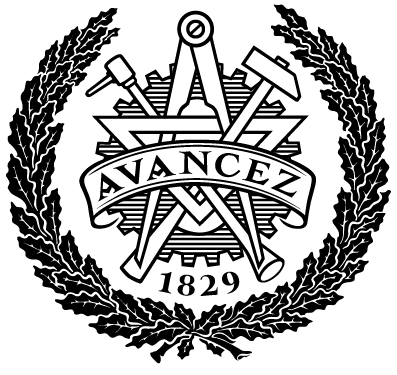Modelling and control of a steam turbine
| dc.contributor.author | Högblom, Olle | |
| dc.contributor.department | Chalmers tekniska högskola / Institutionen för signaler och system | sv |
| dc.contributor.department | Chalmers University of Technology / Department of Signals and Systems | en |
| dc.date.accessioned | 2019-07-03T12:17:13Z | |
| dc.date.available | 2019-07-03T12:17:13Z | |
| dc.date.issued | 2009 | |
| dc.description.abstract | The goal of this master thesis project was to develop a model of a steam turbine for dynamic simulation and control purposes. The turbine was to be implemented in an extensive steam net model and the entire net was to be controlled with the method Split-Range. This means that the signal from one controller is used to control several actuators. The modeling was performed in Dymola, a graphical user interface for Modelica. The most important variables from the turbine model were the power output, the mass flow and the pressures. During the work it turned out that an existing model could be used but the numerical implementation in Dymola had to be improved. The Split-Range application was built from scratch with several specifications considered, such as auto/hand mode transitions of the actuators and actuator limitations. The final results from this work are programs to be used for dynamic simulation in other real steam nets and the Split-Range function, which can, beside valves, also be used to control other approximately linear actuators. | en |
| dc.description.abstract | Målet med detta examensarbete var att utveckla en modell av en ångturbin för dynamisk simulering och reglering. Turbinen skulle användas i en komplex ångnätsmodell och hela nätet skulle regleras med en form av Split-Range, vilket innebar att signalen från en regulator används for att styra flera ställdon. Modelleringsarbetet utfördes i Dymola, ett grafiskt användargränssnitt for Modelica. De viktigaste variablerna som turbinmodellen skulle ge var effekt, massflöde och tryck. Under arbetet visade det sig att en befintlig modell kunde användas, men den numeriska implementeringen i Dymola var tvungen att förbättras. Split-Rangemodulen byggdes upp från grunden och flera komplicerande specifikationer togs i beaktande såsom t.ex. auto-/handläge, omställningar av ställdon och ställdon begränsade till bara en del av sitt arbetsområde. Resultatet av arbetet är en noggrann turbinmodell som är mindre beräkningstekniskt komplicerad och en användarvänlig och generell Split-Rangefunktion. Det slutliga resultatet av detta arbete är de program som tagits fram. De kan användas för dynamisk simulering av verkliga ångnät och Split-Range funktionen kan förutom till ventiler också användas for att styra approximativt linjära ställdon i andra applikationer. | sv |
| dc.identifier.uri | https://hdl.handle.net/20.500.12380/107739 | |
| dc.language.iso | eng | |
| dc.relation.ispartofseries | Ex - Institutionen för signaler och system, Chalmers tekniska högskola : EX063/2009 | |
| dc.setspec.uppsok | Technology | |
| dc.subject | Elektroteknik och elektronik | |
| dc.subject | Electrical Engineering, Electronic Engineering, Information Engineering | |
| dc.title | Modelling and control of a steam turbine | |
| dc.type.degree | Examensarbete för masterexamen | sv |
| dc.type.degree | Master Thesis | en |
| dc.type.uppsok | H |
Ladda ner
Original bundle
1 - 1 av 1
